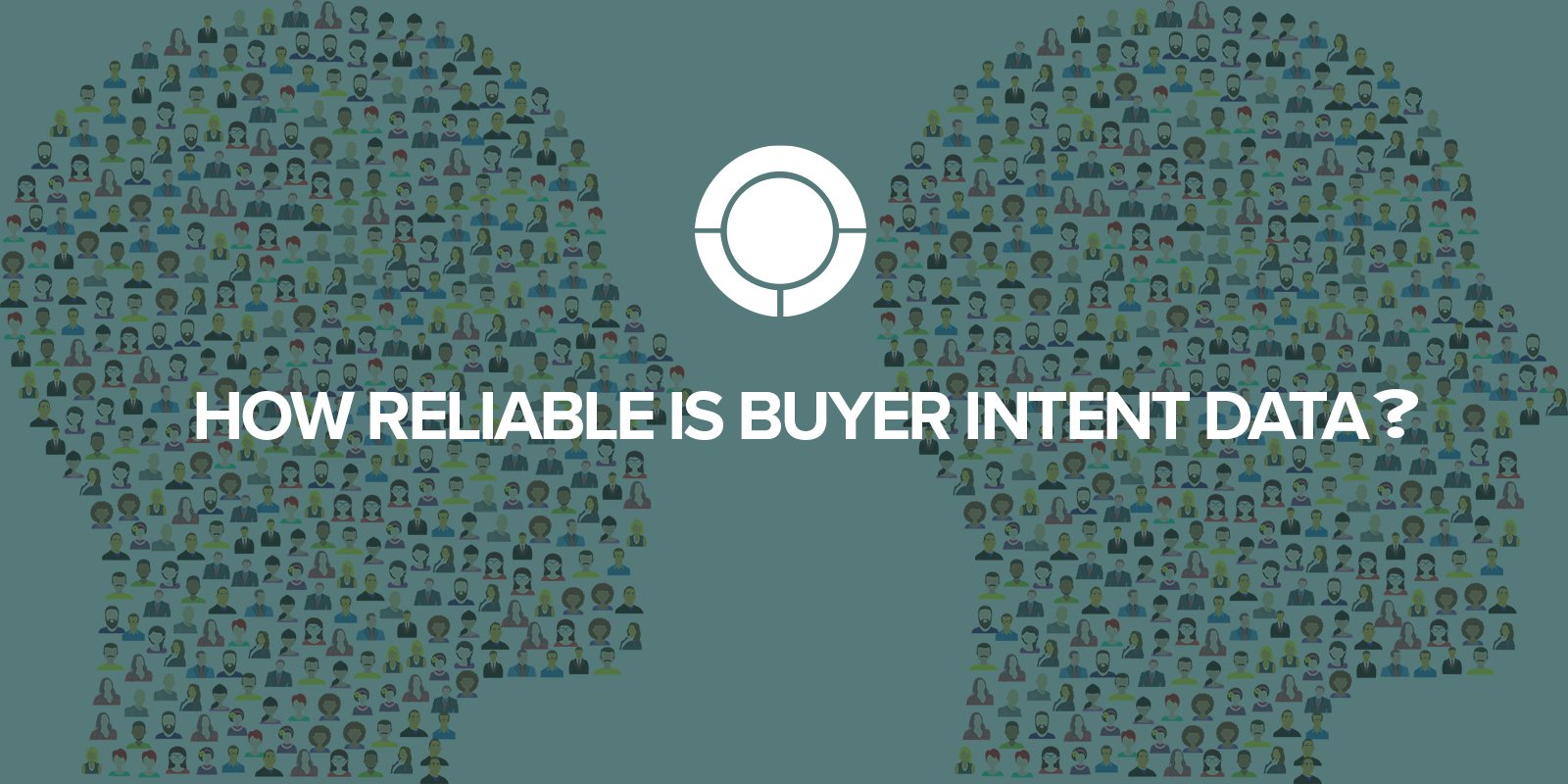How Reliable Is Buyer Intent Data?

December 17, 2020

There are many statistically driven, data-churning agencies that claim they can provide you with a list of companies that are in the market to purchase your solution. In the spirit of competitiveness, companies are grasping at every straw to get ahead. The availability of this list of leads seems like an easy shortcut to the top.
But is it all smoke and mirrors?
TSL Marketing President David English and Sr. VP of Operations Jeff Marchesiani discussed the pros and cons of B2B buyer intent data in their latest vlog, B2B Tech Marketing Best Practices: Does B2B Buyer Intent Data Lead to Poor Lead Quality?
Read this post for a synopsis of important points mentioned in the webinar and, for a more in-depth look at using buyer intent data for B2B marketing, you can watch the full recording here.
What is Third-Party Intent Data?
Distinct from your own business intelligence (first-party), third-party intent data is purchased from and generated by outside agencies. Information collected is used by the purchaser to filter out potential buyers. Data indicates if specific firms intend to purchase or are likely to purchase a solution from your company. Research is based on search data, prior buying patterns and history, what kind of content users are downloading, etc. Sometimes intent data is also packaged as Marketing Qualified Leads (MQLs).
Many B2B marketers, however, wonder if this data is truly reliable.
B2B Tech Marketing Best Practices: Does B2B Buyer Intent Data Lead to Poor Lead Quality?
Is Buyer Intent Data Valid and Reliable? Is there a trick to using it? Our SMEs share best practices in this video!
Why Buyer Intent Data Can Be Misleading
The third-party agencies that provide buyer intent data include leads who could be anywhere in the buyer’s journey, not just those ready to buy now. But they aren’t being maliciously deceiving; they just get a bigger number of leads to present to you by going further up the funnel, instead of just focusing on one buyer stage.
If you purchase buyer intent data with the intent of using it to firstly and directly target bottom of funnel (or close to purchase stage) prospects, your company is choosing to go in directly for the sale. And that can be a challenge. These prospects aren’t yet familiar enough with your brand or services to make a purchasing decision. They’re still getting to know you.
For example, somebody downloading a trend report is a signal of potential interest, not buyer intent.

The best practice is to focus on top-of-funnel leads, sending them access to informational materials such as trend reports and tip sheets, to allow your marketing and sales teams to nurture them over time, gain your trust, and move into the consideration stage.
Segmenting Intent Data for Refined Targeting
Let’s take a look at this example. A traditional VAR (value-added reseller) wants to find prospects who need to upgrade their storage environment. Without refinement, this list of leads would be vague and extensive, as virtually everyone in the market is looking to upgrade their storage environment.
To hone in to this example more specifically, it’s best for a company to either filter their own user data with specific criteria or filter the intent data they receive from the third party before they start marketing.
Here’s what this VAR should look for:
- Companies that are growing their storage environment at a faster rate, and
- Prospects are within their target segment, based on internal business intelligence
Here’s what this VAR should look out for:
- Prospects who are not familiar with its brand and are just price-shopping (to avoid wasteful sales cycles)
- Searchers who are interested in a broader industry topic (researchers with no buyer intent)
To ensure your contacts are exclusively right-fit, do your homework. If you haven’t done the work around segmenting and targeting your persona, you may end up with a lot of people who, on the surface, look like they have some level of interest, but your sales team will have little to no chance of winning. At best, they can be entered into a nurture stream.
Is Purchasing Buyer Intent Data Worth the Money?
It all boils down to, where do you want to put your money? If it’s a top-of-funnel lead, you’re going to have to put time and energy and money into calls. And if you’re buying these intent leads for $100 and you put 1 out of 20 into pipeline, the math doesn’t look so hot. You may be getting a good amount of leads to pursue from the third party, but if you’re spending money on salespeople and email builders, etc., does it even out?

Perhaps the better option is to take that money set aside to purchase buyer intent data and use it for more profitable endeavors, such as doing something more bottom of funnel on your brand like ad spend, content marketing, or prospect profiling.
Turn Buyer Intent Data into Business Intelligence
Intent data can lead you down a poor path. You must be very clear in your segmentation and understanding the needs of your buyer persona. More companies than not haven’t fully segmented who they’re targeting. Narrow your focus and build out your value prop with related content.
If you’re doing that first, then you inherit a load of good business intelligence, which is better than intent data. You learn what’s going on with those businesses and their challenges. This information can then be used to create content for them that addresses these pain points. Attract them on a human level as well as a business level. Establishing confidence in your company to solve those problems over the long term can be the riskless and most cost-efficient way to win leads.
 Have a conversation about your use of buyer intent data. Schedule a meeting with TSL President and expert David English.
Have a conversation about your use of buyer intent data. Schedule a meeting with TSL President and expert David English.

